This content is restricted to subscribers
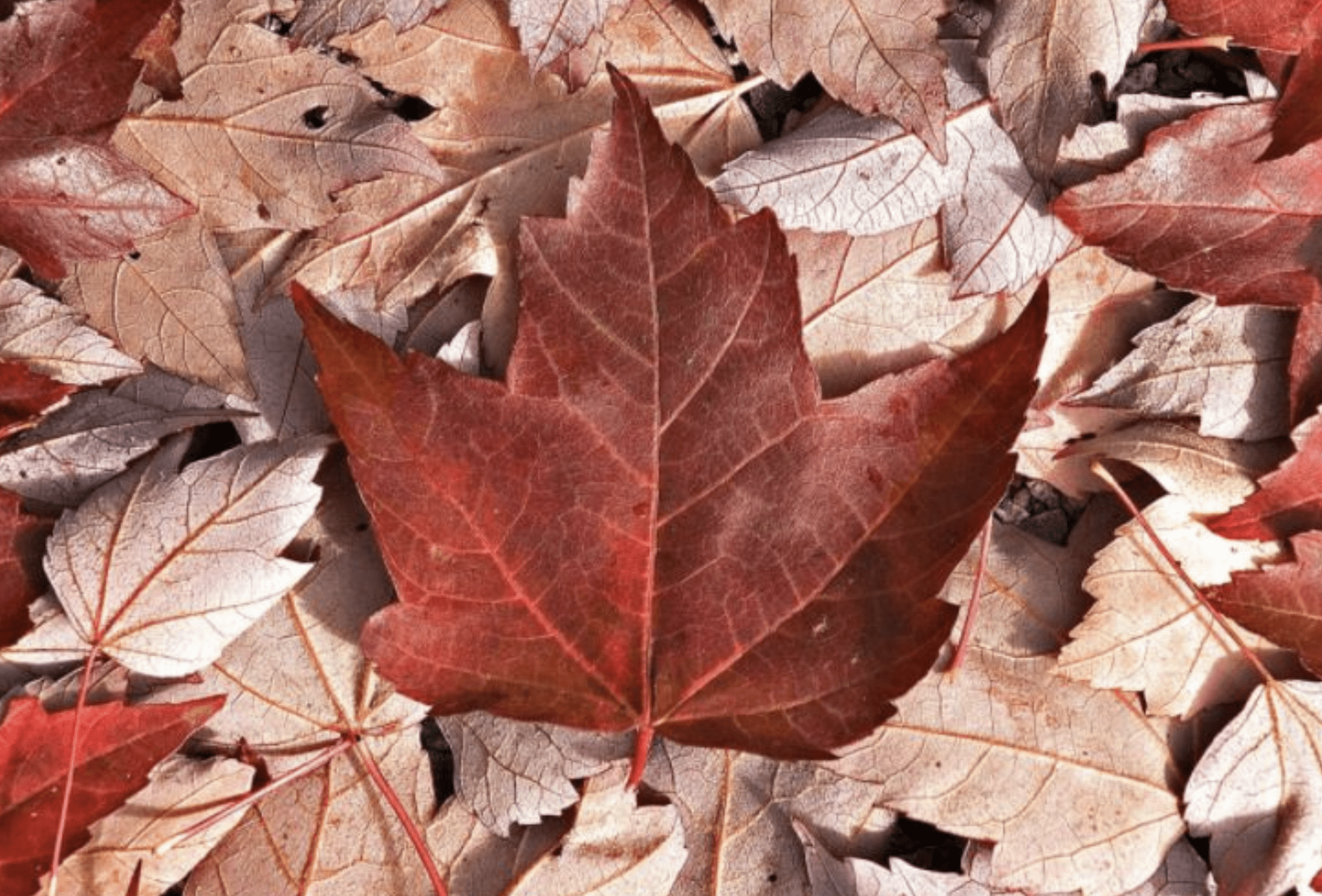
This content is only available to our subscribers!
Become a subscriber today!
Register
Become a subscriber today!
Register
This content is restricted to subscribers

This content is restricted to subscribers

Become a subscriber today!
Register
Become a subscriber today!
Register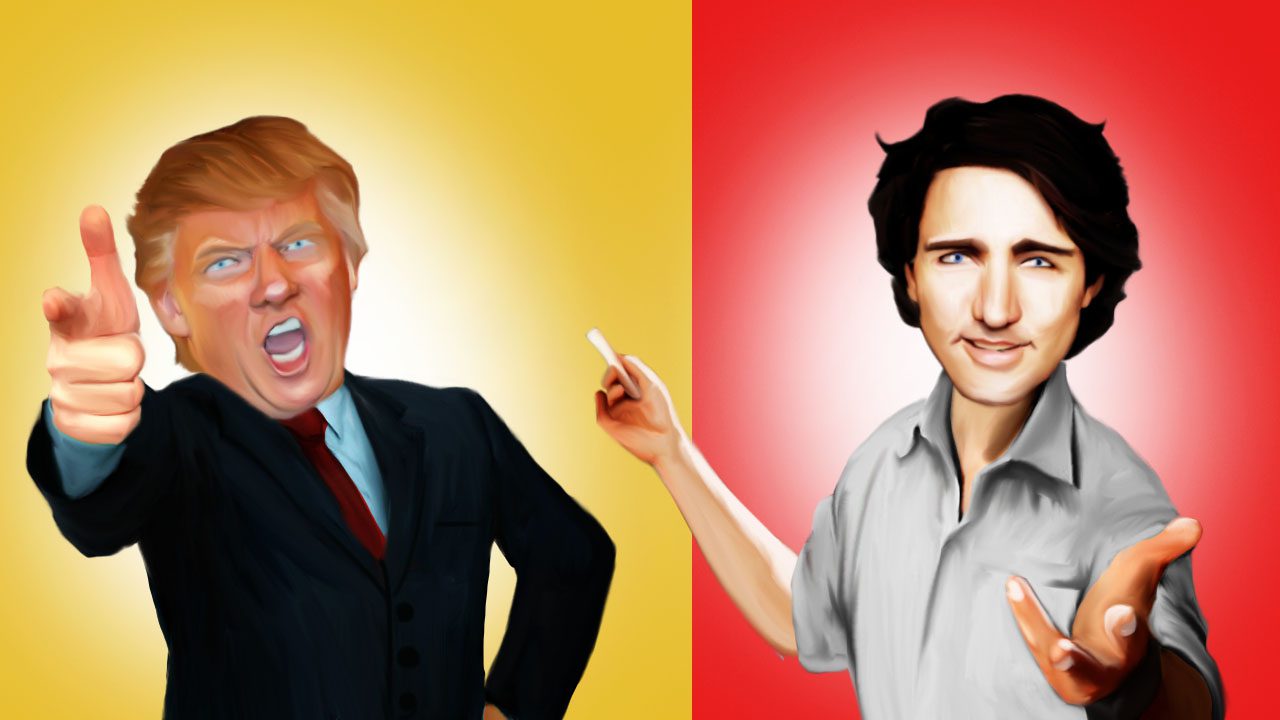
This content is restricted to subscribers
The views, opinions and positions expressed by columnists and contributors are the author’s alone. They do not inherently or expressly reflect the views, opinions and/or positions of our publication.
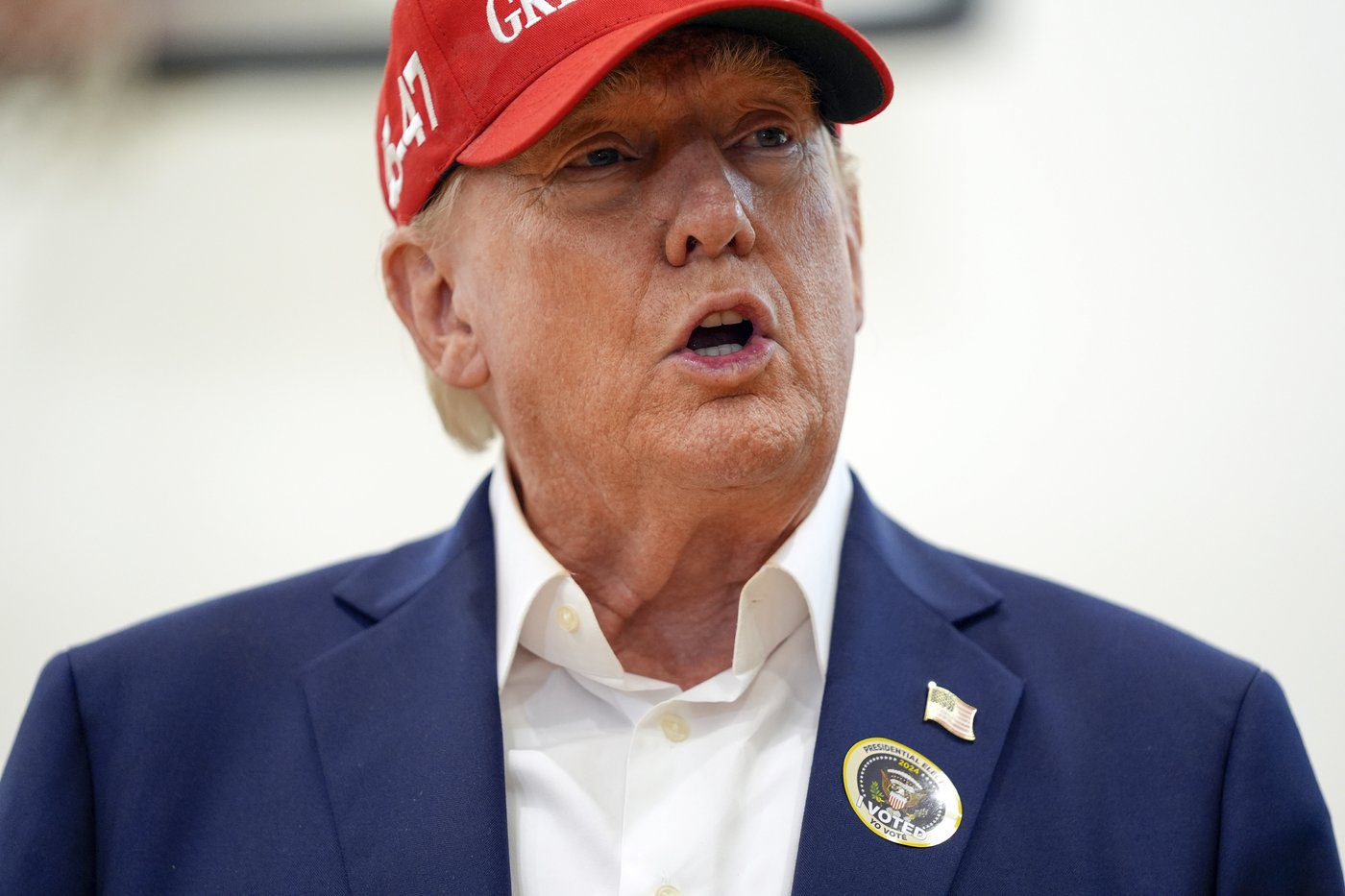
Donald Trump will be back in the White House and panic is setting in in Canada. There is no denying that Donald Trump’s first presidency brought significant upheaval. His controversial positions, his aggressive communication style, his unorthodox approach to politics and governance, and his capacity to get away with murder – well, with other crimes anyway – is met with a mix of fascination and alarm. But, as depressing as his victory might be for many, Canadians need to take a step back and calm down about President Trump and his influence on Canada.
The United States is Canada’s largest trading partner. We share deep economic, diplomatic, cultural, and social ties. Of course, any shift in American politics can have ripple effects in Canada. For instance, many believe that part of Justin Trudeau’s electoral victory in 2019 was in reaction to Donald Trump’s presidency. The contrast between the two men couldn’t be starker, while Pierre Poilievre’s approach and tactics are easily compared to Trump’s Republicans. Many lifted directly from Trump’s playbook.
The Canadian media coverage of U.S. politics skyrocketed in the run up to the US election. From daily social media posts to round-the-clock coverage to special envoys in the most obscure areas of deep America, Canadians have been constantly exposed to the horse race. With Joe Biden faltering, a sense of anxiety was setting in, until Canadians collectively sighed a breath of relief when Kamala Harris took over the Democratic ticket. Bonus points for her, she went to school right here at home, in Montreal. Yes, she can! With the exception of about half the Conservative voters and a handful of other party supporters, Canadians were rooting for Kamala.
On that note, a lesson for the Liberal rebels, who saw in Biden’s replacement by Harris a recipe to handle their own fate by deposing Justin Trudeau and replacing him with an as of yet unknown saviour. The truth is that Hail Mary passes rarely work in politics. Either you make a change early to handle electoral fatigue, or you stick with your leader to weather the storm.
With Trump’s most recent win, the disappointment felt by some of our American friends has been enormous and the reactions visceral. For that reason, the Canadian media coverage will not slow down. All of Trump’s statements, tweets, and policy proposals will be scrutinized and analyzed with a Canadian lens. This intense coverage will heighten our collective anxiety. How could this happen again? Perhaps we should start thinking about how it could happen here?
Trump’s return to the White House has already triggered a series of political, governance and even policing decisions. Quebec Premier François Legault has expressed concerns about a potential “massive influx of immigrants” into the province following Trump’s victory, stating once again that Quebec has already reached its capacity to welcome newcomers. Legault urged Canada to “act quickly” to secure the border in anticipation of a possible wave of migrants seeking refuge, like many did following Trump’s first presidency. Not to be outdone, Parti Québécois Leader Paul St-Pierre Plamondon is fearmongering about “millions” of people who might consider moving north following Trump’s election.
As a result, the border between Canada and the United States is now under closer surveillance. The RCMP say they are fully prepared to handle a potential migration crisis caused by an influx of individuals without legal status fleeing the US before President Trump goes ahead with his deportation policy. The RCMP has deployed officers on the ground and developed contingency plans to bring in additional reinforcements if necessary.
But for the immediate future, nothing really changes except perception. While it’s natural to feel concerned about American leadership, Canada’s best approach is to engage constructively and pragmatically with whoever is in office. The early public statements from the Trudeau government are reflecting exactly that, despite the defeated body language of Foreign Affairs’ Minister Mélanie Joly after the election.
The media saturation has led to an exaggeration of the actual impact on Canadians’ lives. But we survived his first presidency and we will survive his second. The Apocalypse is not upon us. Hopefully…
The views, opinions and positions expressed by columnists and contributors are the author’s alone. They do not inherently or expressly reflect the views, opinions and/or positions of our publication.
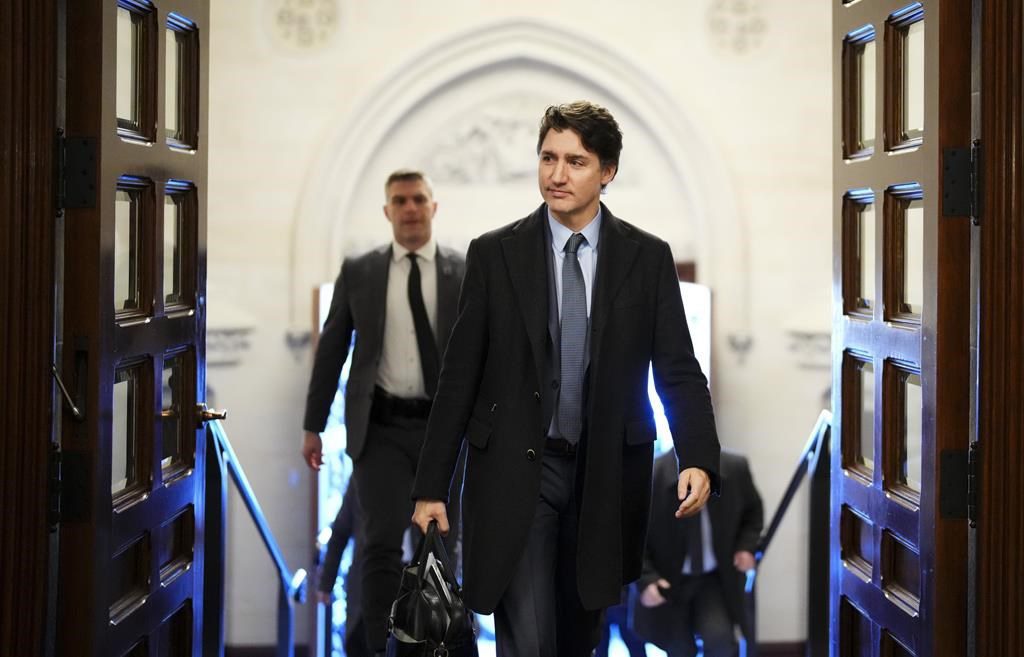
This content is restricted to subscribers
The views, opinions and positions expressed by columnists and contributors are the author’s alone. They do not inherently or expressly reflect the views, opinions and/or positions of our publication.
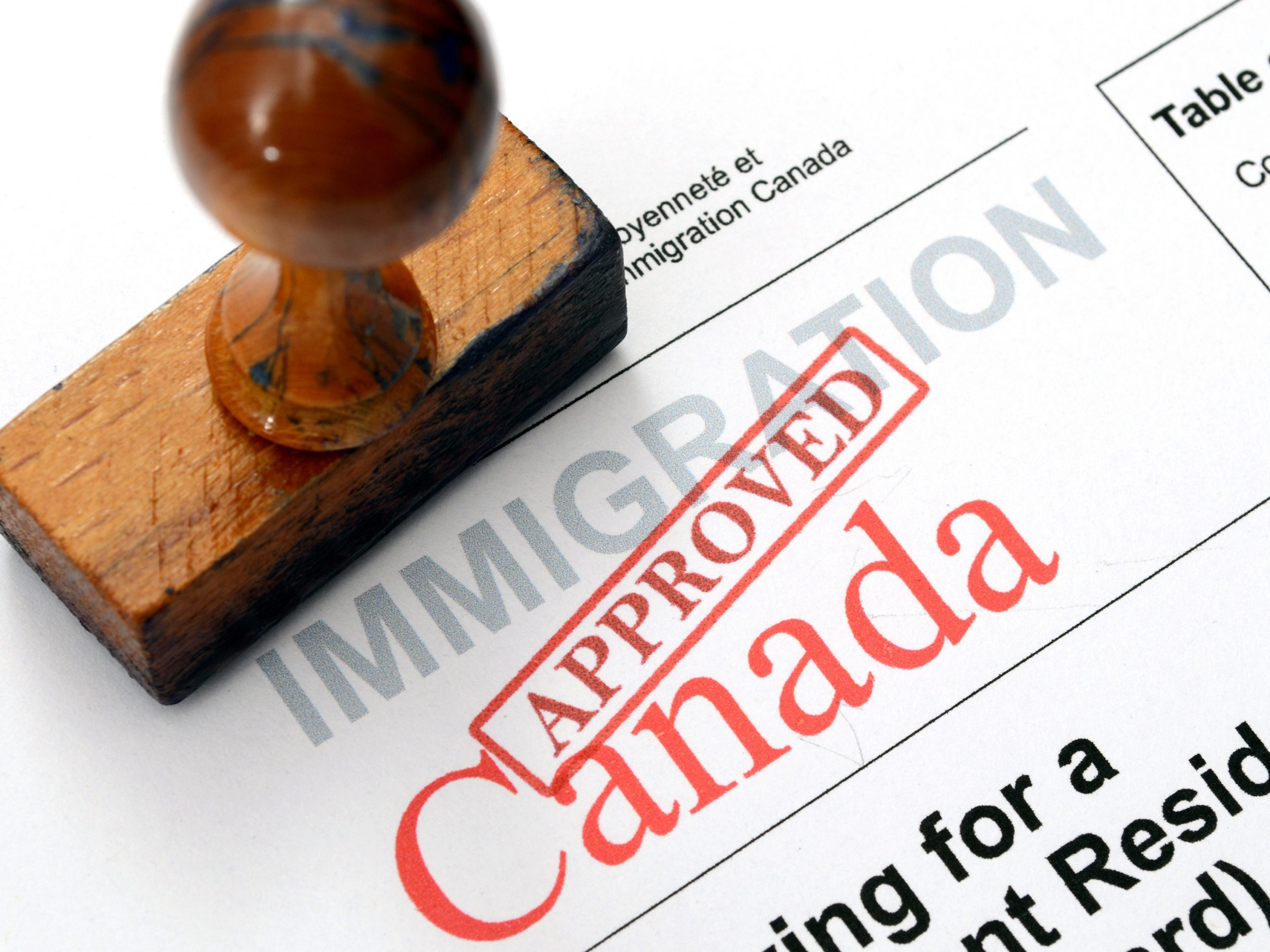
Close watchers of Canadian domestic political debate might have been surprised when an expert on US cable TV recently proposed Canada as manager of some mid-term, UN-backed resolution of the Israel-Hamas conflict.
At first this flies in the face of current rhetoric about Canada as a broken country or worse. Yet changing population data suggest other recent numbers that defy the rhetoric as well.
Canada has a land area slightly larger than the adjacent United States. For some time, however, the total Canadian population has been slightly smaller than the population of the most populous US State of California.
Now in the waning days of 2023 it has become clear enough that the (currently declining) total population of California is somewhat less than 39 million. And the still rising population of Canada is somewhat more than 40 million.
It is no longer true, in other words, that Canada’s total population is smaller than the population of the most populous state of the Union next door.
The history of this statistic since 1870/1871 — after the end of the US Civil War in 1865 and the start of Canadian confederation in 1867 — is also an intriguing short story in its own right.
The first decennial census mandated in the constitution of the 1867 confederation was held in 1871. The total population was reported as some 3.7 million.
The first decennial census in the United States after the Civil War had been held in 1870. The most populous state of the Union at this point was New York. And its total population was some 4.4 million.
Right at the start of the 1867 confederation the population of the vast Canadian geographic territory was smaller than the population of the most populous state of the Union next door.
The “Empire State” of New York similarly remained the most populous state of the Union until 1970, when the title passed to the “Golden State” of California. And as traced by decennial census data, New York continued to enjoy a greater population than all Canada until 1961.
Then for the first time since 1867 the total population of Canada was greater than the population of any American state — including the most populous — in the bubbling decennial census years of 1960/61, 1970/71, and 1980/81.
During this same 1960s–1980s period Canada’s population as a percentage of the total population of the United States broke 10% for the first time (up from an all-time low of just over 7% at the start of the 20th century). From here it continued to rise, to 11.3% in 1990/91.
Then in the early 21st century Canada’s population as a percentage of the total population of the United States fell somewhat again, ultimately below 11.0%. Meanwhile, by 1990 California already had almost 30 million people, while Canada languished with just somewhat more than 28 million in 1991!
For a second time since 1867, in other words, Canada’s total population was smaller than the population of the most populous state of the Union next door. And this reassertion of the old trend carried on in 2001, 2011, and even 2021!
At the same time, by the decennial census years of 2020 and 2021 Canada’s total population as a percentage of total US population had once again started to rise — to some 11.2% in round numbers (up from 10.9% in 2010/11).
And this, so to speak, helped set the stage for the latest 2023 discovery of a total Canadian population that is once again greater than the population of any state of the Union, including the current most populous Golden State of California.
Finally, all this could at least be said to raise the prospect that what lies ahead of Canada right now may have something in common with the demographically dynamic 1960s, 1970s, and 1980s — a time that brought the world both the Canadian flag of 1965 and the Constitution Act, 1982 (with its Canadian Charter of Rights and Freedoms).
In no conceivable future of course could a Canada with even both somewhat more than 11% of the US population and more people than the most populous US state compete directly with the friendly giant next door.
But it can at least improve its relative position somewhat. And any seriously broken or worse country wouldn’t be doing any such thing, as Canada is right now.
The views, opinions and positions expressed by columnists and contributors are the author’s alone. They do not inherently or expressly reflect the views, opinions and/or positions of our publication.

According to Amy Maguire at the University of Newcastle in New South Wales, on Saturday, October 14, 2023 : “Australians were asked to vote on whether to establish an Aboriginal and Torres Strait Islander Voice to Parliament … as a means of recognising … the First Peoples of Australia in the Constitution.”
When this proposition was first advanced by Prime Minister Anthony Albanese’s new Labor government, opinion polls suggested that as much as two-thirds of the country was in favour. But opinion had changed by the October 14 referendum, after a tough campaign with the Liberal (read conservative) opposition aggressively opposing.
As of October 20, with 80% of the national vote counted, 61% had said NO and only 39% YES. And the progressive journalist Quentin Dempster moaned: “The 60-40 No majority on indigenous Recognition/Voice has branded Australia as a remnant racist British colony.”
The conservative businessman Robert Peake protested that Mr. Dempster’s reaction was “Wrong. On so many levels … Was just the wrong approach. Australians just don’t want a legislated advisory body representing a certain part of society enshrined in the constitution i.e. forever.”
Whatever else, the 61% NO vote on the Indigenous Voice does reflect a new conservative mood in Australia — about a year and five months after Anthony Albanese’s progressive Labor party won the last Australian federal election on May 21, 2022.
Whatever else again, some similar conservative mood haunts the latest 338Canada “Federal Model” of Canadian polling opinion. If a vote had been held on October 15, 2023, 338Canada suggests, Conservatives would have won 194 seats in the elected parliament at Ottawa (albeit with a mere 39% of the cross-Canada popular vote!), Liberals 90 seats, Bloc Québécois 32, New Democrats 20, and Green Party 2!
There are as well a few thought-provoking comparisons between the current polling conservatism in Canadian politics and the Australian conservatism that forged the 61% NO in the Indigenous Voice referendum.
One part of the “remnant racist British colony” critique of course involves racism. In a 2021 survey for the Australian Broadcasting Corporation “76 per cent of respondents agreed racial prejudice persists here.” And 46 per cent agreed that “white supremacy is ingrained in our society.”
In Canada we have never talked openly about anything quite like the White Australia Policy that governed immigration down under from 1901 to 1958. Canada nonetheless also had racially restrictive immigration policies in the first half of the 20th century.
Similarly, Canada may seem somewhat less racist than Australia on Indigenous issues, because the recognition of Canadian “aboriginal rights” in sections 25 and 35 of the Constitution Act, 1982 did not have to be approved in a popular referendum. (As do all amendments to the Australian Constitution.)
On a related channel, Australian writer Andrew Gardiner has complained that after October 14: “Unfairly or not, we’ve been lumped in with the UK (Brexit) and US (Trump) as countries prepared to shoot themselves in the reputational foot to hang on to what’s seen as a chequered past.”
And this raises the question: does the new conservatism in Canadian opinion polls reflect any parallel passion for “a chequered past” in Canada?
On another channel again, Australian psychiatrist Patrick McGorry — a passionate YES advocate in the referendum — has compared the winning conservative NO campaign in 2023 to a similar conservative campaign against a proposed constitutional amendment for an Australian republic in 1999.
As Mr. McGorry has urged: “Same architect and playbook as the Republic referendum. Betrays the original wishes of most Australians. In each case Australia’s growth as a nation has been delayed.”
It also seems possible that the strong NO vote against the Indigenous Voice may stall the Albanese Labor government’s parallel plans to revive the Australian republic issue and end the British monarchy down under in the 2020s.
If the new Australian conservative mood won’t buy an Indigenous Voice, it may once again reject a new Australian republic. Meanwhile, the Justin Trudeau Liberals have already been almost surprisingly conservative on the future of the monarchy in Canada.
Finally, in Manitoba on October 18, 2023 — four days after the “60-40 No majority” on an Indigenous Voice in Australia — the progressive New Democrat Wab Kinew was sworn in as the first First Nations premier of a Canadian province.
As Premier Kinew himself has urged, this reflects progress Canada has made in his and his father’s lifetime. It suggests as well that there remain at least some real differences between Indigenous issues in Canada and Australia in the 21st century.
The views, opinions and positions expressed by columnists and contributors are the author’s alone. They do not inherently or expressly reflect the views, opinions and/or positions of our publication.